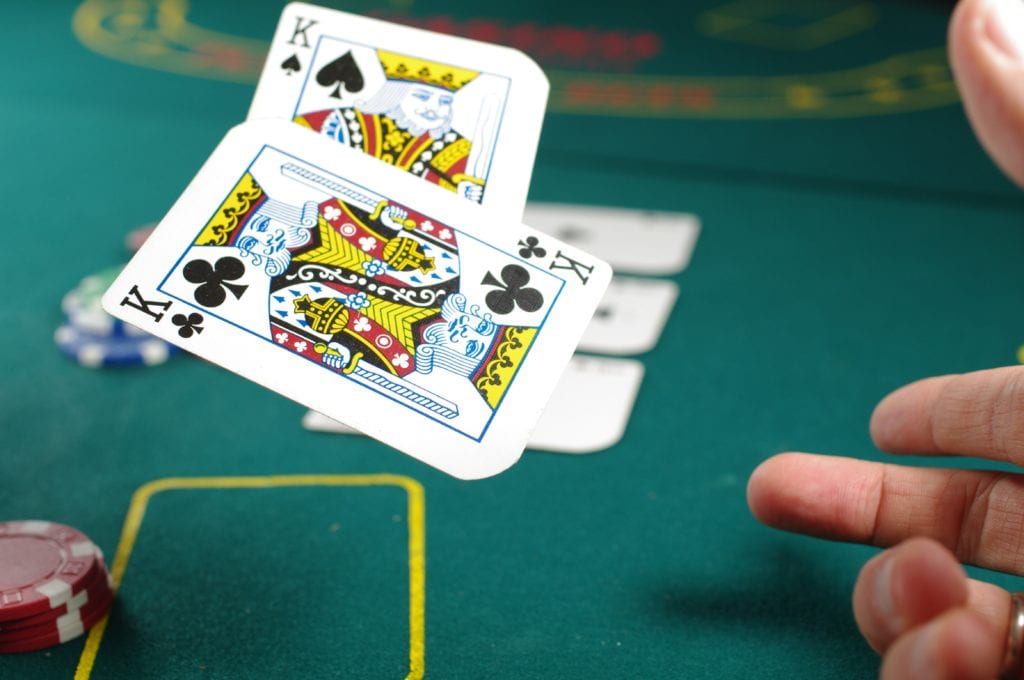When playing poker, one can never know what cards the opponent is holding and so the only thing that can be done is to just try to guess and figure out what he’s holding. Figuring it out simply entails you observing his actions as the hand progresses. Every perception of his possible holdings is referred to as “range.” For instance, if an honest player raises preflop early into the game, he feeds you info about his range to let the opponent know he has strong starting hands. If he continues the game or not, the bets on the flop let you know more about what he might be holding. Therefore, it is your job as a player to painstakingly observe the range as the hand progresses, and this is possible if you look closely at his actions.
Why Do We Need to Construct a Range?
As a poker player, the most important skill you are to acquire is that of constructing a range for your opponent as this skill will aid your level of advancement as a poker player. This skill enables the best players to get to the top and the way they make lots of calls on the river. Are you a gambling enthusiast thirsty for beautiful games, then sites such as comeon casino are for you.
One good thing about the evaluation of ranges is that it isn’t difficult to learn. Learning to construct ranges is the application of basic logic and consistent practice makes you become a pro. To learn this, it starts with you knowing when your opponent makes the very first move in the hand and then continues right till the river peradventure the hand progresses that far. By that time, you should have gotten a good guess of what he’s holding and in turn, evaluating the right play should be a piece of cake.
How to Calculate the Range
How to show a hand reading and constructing a hand range for your counterpart is with an illustration. Let’s say the game is $1/$2 no-limit hold’em and is 6-handed. The opponent is a fair regular player that plays relatively loose before the flop.
Stacks:
UTG: $425
HERO: (MP): $215
BTN: $125
CO: $245
SB: $150
BB: $216
River: ($107) Ks 8c 3c 2h Kd
Preflop: Hero is MP with Ad As
Turn: ($39) Ks 8c 3c 2h (2players)
Fold, Hero raises to $6, CO calls $6, 3 folds
Hero bets $34, CO calls $34
Hero bets $12, CO calls $34
Flop: ($15) Ks 8c 3c (2players)
What should be done next?
Preflop the villain’s range is very wide as he is in position and will call with all pairs, with several Broadway hands like KJs, suited connectors and suited one-gapper like 78s and 46s, and at times premium hands for deception. For the flop, the calling range is KK, A3s, 88, 33, Kx, and all combinations of 99-QQ and a flush draw. This way, the range has become narrow but it is not a good bluffing, but the villain may not be stubborn and believe it. This then leaves his range turning to Kx and flush draws out the window. Also if you think the opponent can have KJ, KT, KQ, AK or a QQ, and the following additional flush draws: AQ, AT, A4, QJ, T9, 45, 56, 67, JT, A5, etc. The reasonable response to this is to let him bet everything and call or raise with everything that beats us, or even bluff raise and make us fold the best hand.
If you want to check, check-call or check-fold, you have 50 percent equity vs. the range, so should call if it looks like he will bet his entire range. Note that he may check all of his ace-high flushes draws as all the above have showdown value. With all that, we still have about 40 percent equity and therefore, you should call anything except an overbet.
Trying this out from time to time will let you get good at it such that you would be able to play live and with that, you can make a good decision always.




